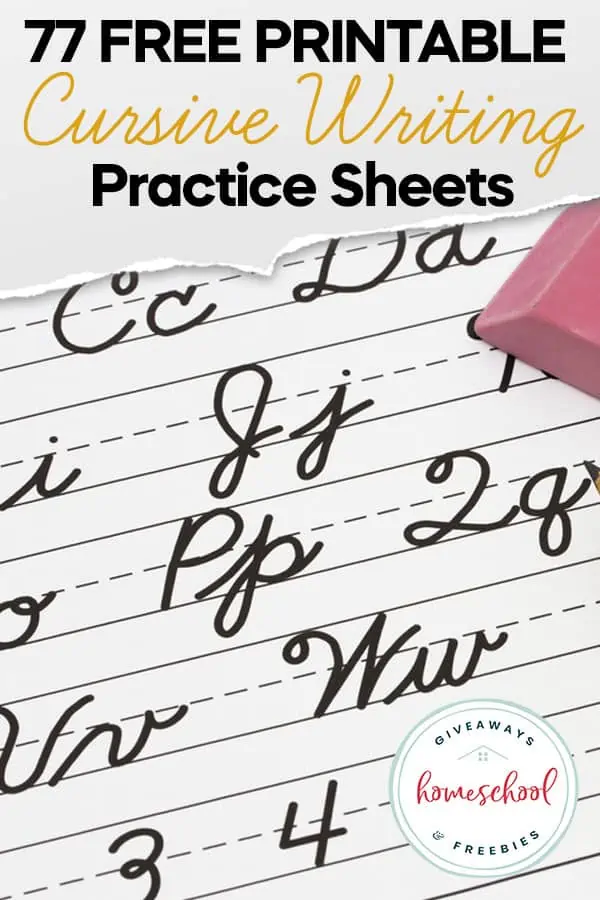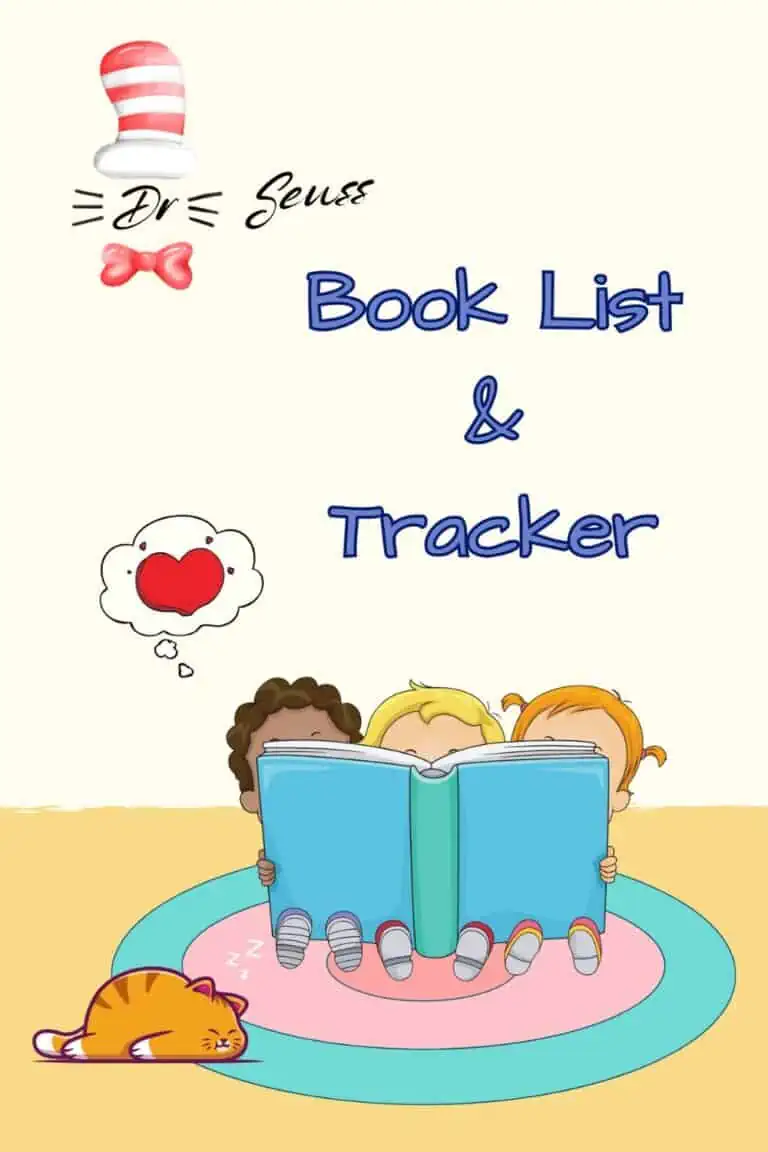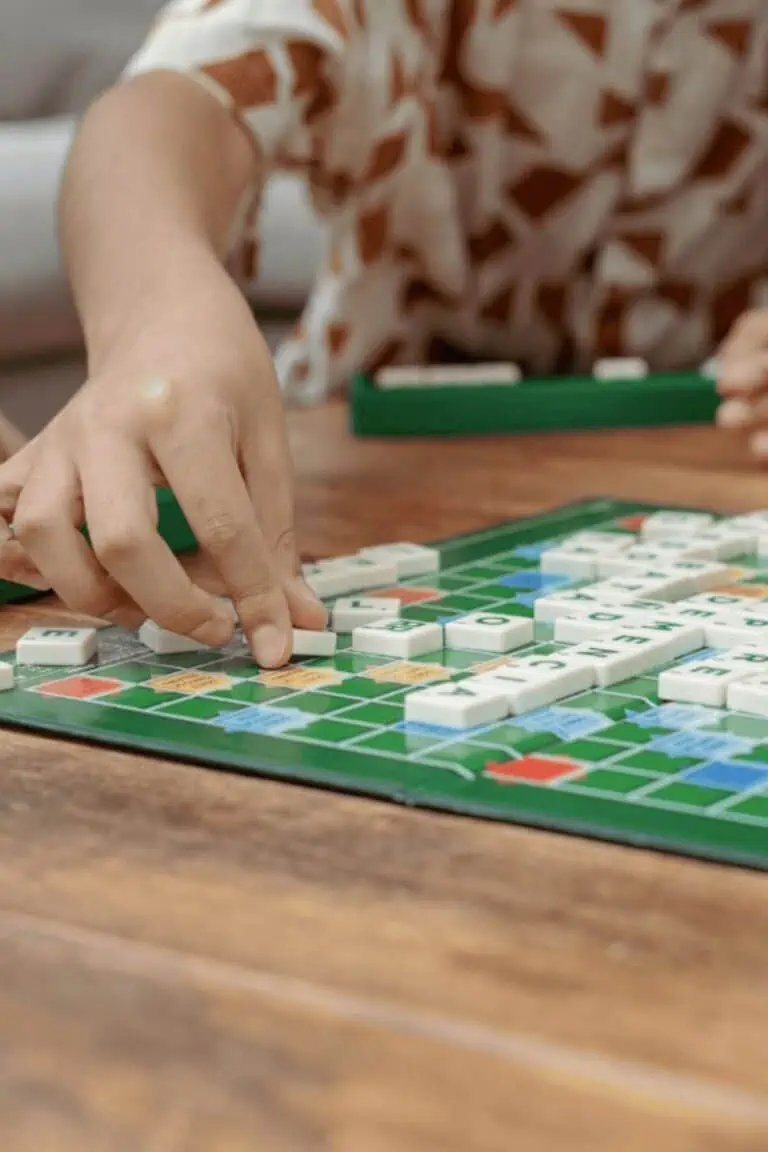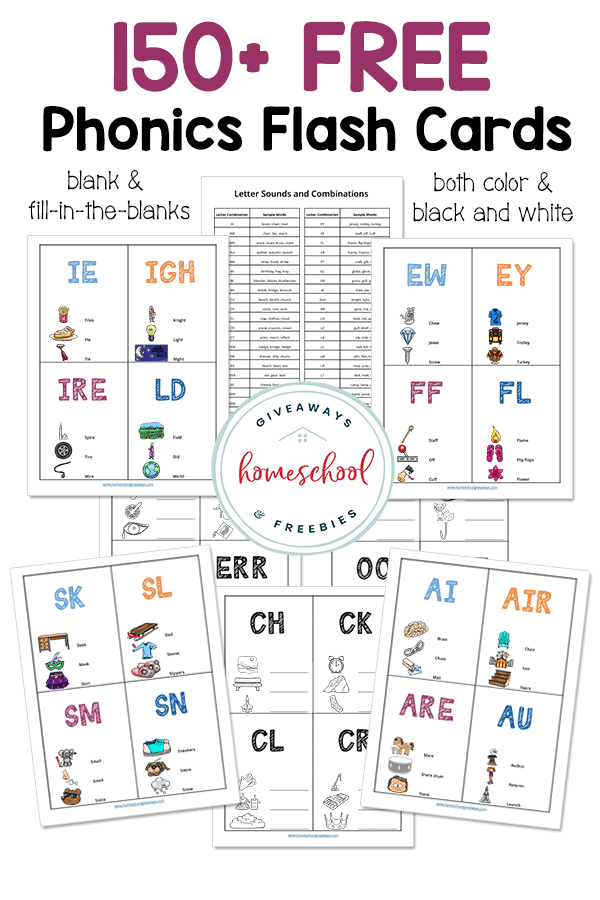The Important Benefits of Teaching Cursive Writing
Published:
June 9, 2022

Contributor:
Sarah Shelton
Disclosure: This post may contain affiliate links, meaning if you decide to make a purchase via my links, I may earn a commission at no additional cost to you. See my disclosure for more info.
Cursive writing isn’t being actively taught in many schools anymore, but that doesn’t mean you can’t teach it to your children. Find out the important benefits of cursive writing and why you should teach it to your students.
Benefits of Cursive Writing
Cursive handwriting doesn’t seem to be taught in a classroom any longer. Cursive was once introduced when teaching students handwriting skills, usually in the 2nd grade. Some private schools start the teaching even earlier in kindergarten.
Today, it is not included in common core state standards and has been removed from many school districts.
Just because it isn’t commonly taught doesn’t mean that it stopped being important. There are so many benefits of cursive writing that your children will receive when they have consistent practice and learn to write in legible cursive.
Why is it important to learn cursive writing?
Writing in cursive is very important to brain development. When you write in cursive you are using different parts of the brain that take in information and store it in your memory. Research has shown that writing in cursive sets the brain up for the most optimal learning experience.
Typing just does not have the same effect on the brain because it doesn’t require the same fine motor skills while using your brain at the same time.
Writing and Reading in Cursive
When your child can write in cursive, they also learn to read in cursive. Many important historical documents and old letters are written in cursive. If you were handed one of these documents without a computer or technology, would you be able to read it? What about a stack of old letters from a box found in your grandparent’s attic.
Cursive is an important part of history, the most important documents written by the Founding Fathers were written in cursive. Cursive should be learned so that we can read and appreciate the history.
What are 5 benefits of cursive?
Cursive isn’t just an art form of good handwriting that looks fancy and professional. There are actually many benefits for your child when they learn to write in cursive.
- Increases fine motor skills. When your child learns how to write in cursive they have to be able to position their paper at a slant and have proper pencil grip. They are having to use the right amount of force to glide their pencil without lifting it off the paper for letter formation and to connect the cursive letters.
- Develops discipline. Writing in cursive takes practice and determination. Practicing over and over again and coming up with the end result of beautiful hand writing is encouraging. It develops discipline and good habits with writing and taking pride in your work. Students that write in cursive are also shown to be more organized, and academic in nature.
- Activates the neural pathways of the brain. Putting an actual pen or pencil to paper activates and stimulates the brain in some amazing ways. It literally primes the brain and creates an optimal learning experience since everything is activated at one time.
- Improves spelling and grammar. Since cursive writing engages the brain, it also helps your child to slow down and concentrate on what they are writing, instead of just copying it. Studies have been shown that actively writing in cursive is an important tool to developing strong spelling and grammar skills.
- Helps with learning disabilities. Children with dyslexia can be confused with print letters because they look very similar. Cursive writing looks different and can actually help children with dyslexia and dysgraphia to not be confused and to better concentrate to write. The flowing letters are easier for students with disabilities than stick and circle forms. It almost completely eliminates letter confusion.
What is the purpose of cursive?
The purpose of cursive writing is to be able to write a lot faster than you can when printing. Since the letters are connected in a flowing manner, you are able to write so much faster. You do not have to lift your pencil off of the paper for each individual line in the letters.
Cursive is Great for Notetaking
Cursive is great for taking notes quickly when you don’t have a computer or your phone on you. You can write things down in cursive at a faster pace as someone is talking.
Cursive Looks More Professional
Cursive writing was used to make handwriting look professional, elegant and sophisticated and was widely taught in business school. Not only did it look professional, it was a very efficient way to record information in ledgers and accounting notebooks when there were no computers. Things could be recorded in a quick manner and it looked nice too.
Cursive Signatures
When you write your name in cursive you are creating a one of a kind signature that belongs only to you. Cursive handwriting is what helps to create a personal signature. Even with so much technology at our fingertips the requirement for a real signature has not gone away. If your child can not write in cursive it is going to be difficult for them to create a signature to sign their name with.
You may be wondering is cursive needed?
In today’s world it doesn’t seem like we need to increase our writing speed since we live in digital world. Most everyone has some type of electronic devices that they use to communicate with.
Long gone are the days of writing letters . Some may argue that many signatures are done digitally. Because of this and changes to the educational system, many people may not think that cursive is needed.
Fortunately, there are many parents that believe that it is still relevant and necessary. Many parents and teachers still choose to teach it to their children. For all of the reasons there is to not teach cursive, there are that many more reasons to continue to teach it.
Benefits of Cursive Writing in Early Years
There are many benefits to handwriting at an early age. Just learning to grip the pencil correctly and to hold your paper helps develop fine motor dexterity, hand-eye coordination and also increases cognitive development in young children.
Cursive writing requires fewer types of strokes for forming letters. It also eliminates letter confusion. Because of this many private schools choose to teach their primary grade students cursive first.
Writing in cursive engages the brain and helps your child to learn and store information faster. It develops critical thinking skills as they need to think through each hand movement that they are doing as they are writing.
Setting Students up for Success
Learning cursive writing at an early age sets them up for success with other forms of writing and reading. It is like learning a second language and prepares their brains for being able to read.
Cursive writing helps your child to read complete words instead of letters at a time. When they are writing a word in cursive they are writing the whole word at once, rather than printing one letter at a time to complete the word. Since the letters are all connected their brain can quickly recognize the word and read it sometimes without even sounding it out.
Science Behind Cursive Writing
Scientists have found that writing in cursive activates the parts of the brain that are used for memory and coding information. These parts of the brain are not activated the same way when using a keyboard or typewriter.
Numerous studies and data analysis shows that cursive handwriting primes the brain for learning by synchronizing the brain synapses and stimulating the brain’s parietal lobe and central regions. These areas of the brain are the areas that are responsible for memory and encoding new information taken in.
In one such study, scientists compared the neuroimage scans of preschoolers who were learning handwriting vs. those that were doing only verbal and oral learning. After four weeks, the children who were writing by hand showed brain activation as strong as an adult’s brain. This same study also showed that the benefits from writing by hand improved letter recognition which aids in learning how to read faster.
History of Cursive Writing
The Romans and Greeks used forms of cursive writing to create documents, letters and contracts. In the middle ages, the Europeans were inspired by Arabs who wrote with a form of cursive so they began using it to write Latin in cursive.
Once quills were developed for writing it became a more popular form of writing in England and the United States in the 1700 and 1800s. Round Hand was a form of cursive that came from Europe. The copybooks that students write on were printed using copper plates. So Round Hand was actually called Copperplate writing.
Copperplate was designed specifically to use used with a quill pen and Round Hand is the style of writing that was used to create the Declaration of Independence.
Beginnings of Teaching Cursive
Cursive began to be taught formally in the 1850s by Platt Rogers Spencer. He developed an easy-to-teach approach to cursive called the Spencerian method of penmanship. This form of writing was prettier and more creative than the Copperplate script. It allowed for more personalization.

In the late 1800s, Norman Palmer developed a more streamlined system of writing based off of the Spencerian method. It was called the Palmer Method and was introduced in his book Palmer’s Guide to Business Writing. It was originally designed for use in business colleges so that bookkeepers and accountants could document large amounts in a fast manner.
Why was cursive writing created?
The cursive roots can be traced back to the Greeks and Romans and then on to India, Greece, Western Europe, Greece, England and America. It was a written scripts to record transactions and for communication.
Writing in cursive made using quills with ink so much faster. The word cursive is is from the Italian word ‘corsivo’ and Latin ‘cursivus,’ which means ‘running,’ or ‘to hasten.’ Quills were very fragile and the more they touched the paper the quicker they would break. They would also run out of ink faster each time they were lifted off of the paper.
For professional purposes, it was also much easier and faster to write documents and letters because of using fewer strokes.
Why is cursive no longer taught?
The authors of the book Common Core call cursive handwriting antiquated and indicate that it takes up too much classroom time to teach. This is one of the reasons why it is not normally taught in Common Core curriculum in schools. Only half of the 50 states require that cursive writing be taught in public schools.
Teaching students to write in cursive took a lot of time. When there are 30 plus kids in a classroom, it can be difficult to make sure that each child is forming their letters properly. A student who struggles may not be able to move forward and could get stuck on a lesson and have a very difficult time.
There is not enough time in a class period to go to each student and see what they are writing and to help them form the strokes of each letter. With the use of digital technology, tablets, laptops and keyboards in school, handwriting is slowly being pushed out of the classroom for convenience and saving time.
Why You Should Teach Cursive in Your Homeschool
- It is faster than print. Once your kids are fluent they can take notes like a pro.
- Cursive is very pretty and looks nice in notebooking and letter writing.
- Cursive writing engages all parts of the brain at the same time and can even help dyslexic children to better focus and concentrate.
- Writing in cursive builds strong language and memory skills and also helps your child to retain information.
- Cursive helps your child to read faster and understand the English language.
- It helps your child to take pride in their work and develops good writing habits and neatness.
- Learning to write your own name in cursive also develops a signature. Written signatures are still needed on documents and must be personalized and unique to the owner.
- When you can write in cursive, you also learn to read in cursive and are able to read old documents or letters that are written in cursive.
- Cursive is an art form. Once you learn cursive you can move on to creative lettering and design and even calligraphy. It is a beautiful and useful skill.
- One day it may not exist, and it is important to keep cursive writing going because it is a part of history.
Cursive Writing Practice Sheets
Are you actively teaching your children how to write in cursive? Do they need some extra help with practicing their cursive writing? There are lots of cursive writing practice sheets that can help them develop their penmanship skills.
In Conclusion:
The best part about homeschooling is that you can choose whatever it is that you want your child to learn. It doesn’t matter if it is or isn’t being taught in schools. You can still teach it to your children.
Teaching your children how to write in cursive penmanship will give them their own unique signature. They may also develop excellent handwriting, and possibly a lost skill that many others may not have in the future.










